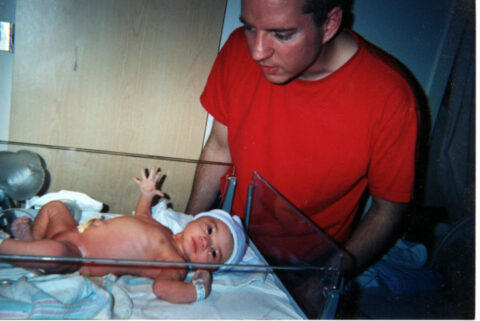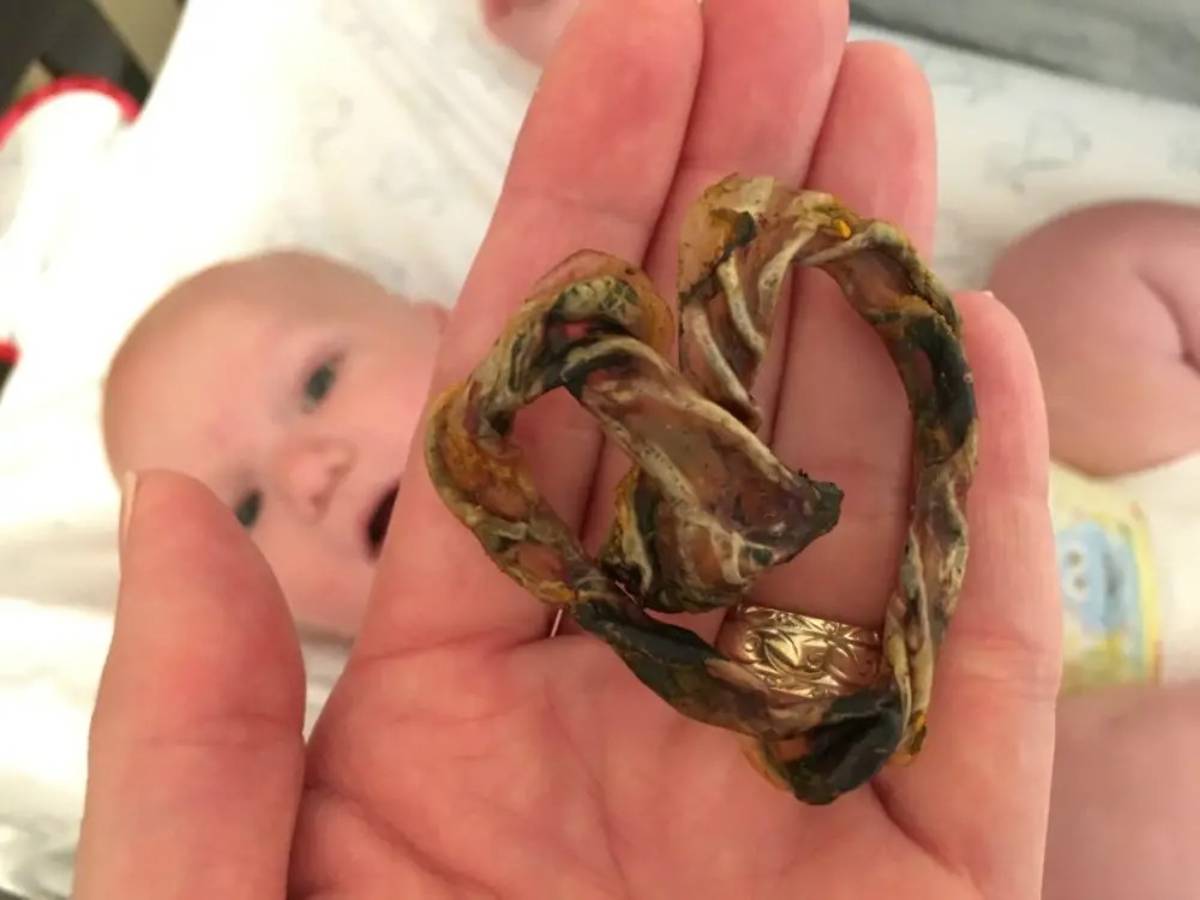 Most expectant families are faced with decisions like:
Most expectant families are faced with decisions like:
- What will we name the child?
- Should we circumcise?
- Are cloth diapers a good idea?
- Should we use an epidural?
In recent years however, another major issue must be decided upon prior to the birth of the child. That is: to preserve the baby’s cord blood or not.
Ever since a child was successfully treated with cord blood stem cells to cure his Fanconi anemia in 1988, the popularity of cord blood banking has increased.
Umbilical cord blood storage is the process of extracting blood from the placenta end of the umbilical cord.
At the same time, stem cells may also be collected and saved for future use.
Pros of Cord Blood Preservation:
- Cord blood and stem cells are used to treat life-threatening diseases such as cancer and cord blood is preferable to a bone marrow transplant.
- Cord blood cells and stem cells can be used for siblings of the donors with a greater chance of compatibility than bone marrow.
- Stem cells increase the chance of successful treatment among minority groups that have a low chance of finding a donors to treat diseases.
Cons of Cord Blood Preservation:
- Extracting cord blood can divert as much as 180ml (usually about 100mL) from the infant. The amount of blood taken is equal to half of the total blood volume of the child.
- There are questions as to the viability of the cryogenically frozen blood.
- The chance that the stem cells and cord blood would ever be used is very small. (The chances that an individual will actually use his or her own stem cell blood is 1 in 435. The chances that a sibling will need it is 1 in 217.)
- Stem cells are ineffective in treating childhood cancer or leukemia, because the banked blood will also have the defect.
- Contamination of the stem blood cells is possible.
- Ownership of cord blood is unclear — meaning possible future uses not approved by the parents or child is possible.
Cord Blood Banks
There are 2 basic types of blood cord banks: public banks and private banks.
Public cord blood banks work very much the same way regular blood banks operate. While the cord blood is connected to the donor for a limited amount of time, it is largely seen as a donation available to whomever should need it. There is no cost associated with these public cord blood services.
Private cord blood banks are rather costly, averaging $2,500 a transaction. The cord blood is available for use by the donor for as long as the blood bank is in operation. The trick is to find a cord blood donation service that has a good reputation and is most likely to continue to operate.
How to find a blood bank that you can trust.
Finding Donor Blood
What do you do if you need umbilical cord blood and haven’t banked it?
There is a national cord blood registry list. “Anyone who needs the cord blood can ask to use it for a transplant.”
Caucasians have an 88% chance of finding a donor match, and other races have a 58% chance.
The National Marrow Donor Program (NMDP) has established a system for registering, matching, and tracking unrelated donor cord blood units (CBUs) and transplant outcomes”. As of right now, this program is still in the study stage. Source
I have been a certified tightwad since I became pregnant with my first child and decided to find a way to stay home with him. I enjoy sharing my experiences in my journey back to financial health and planning for a future — which will include sending 2 kids to college and early retirement.






